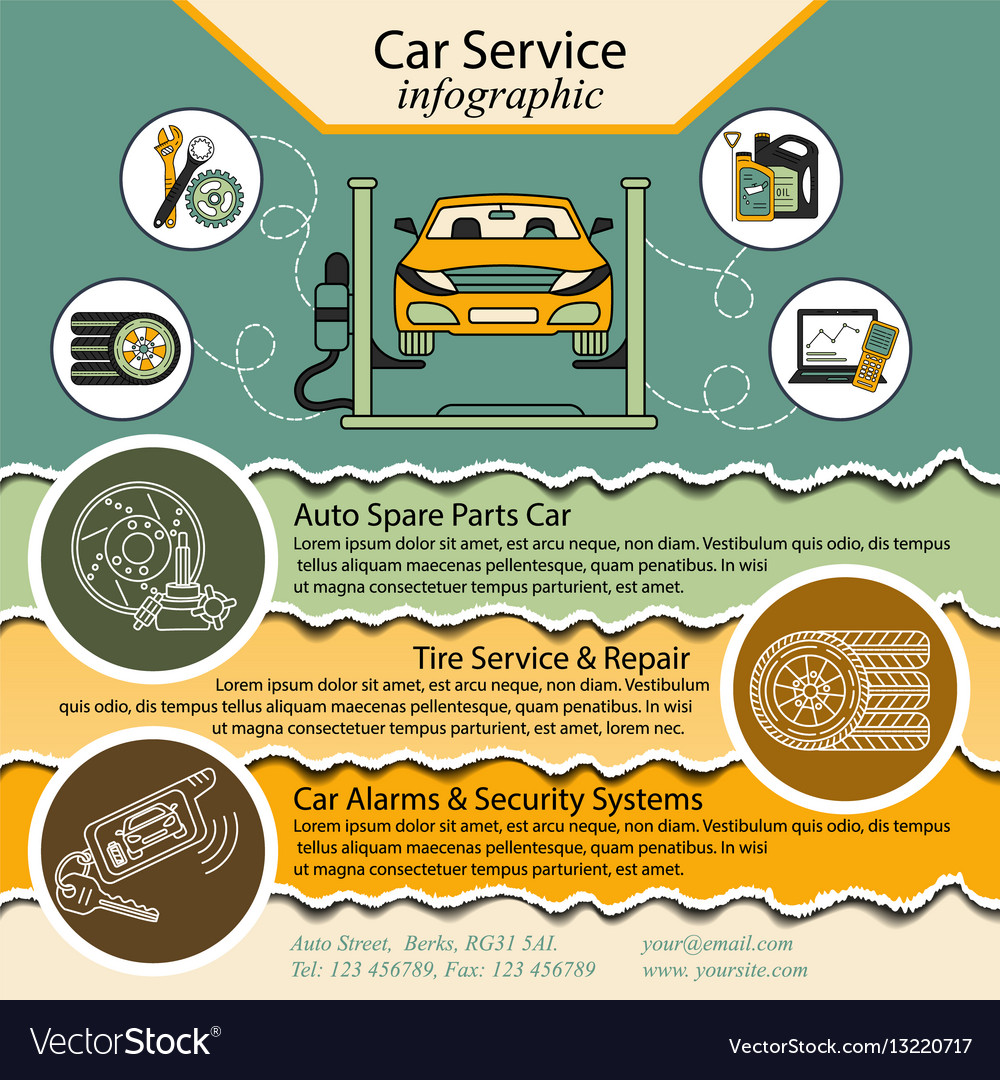Seeking Clarity On The Warning Lights Presented On Your Cars And Truck'S Dashboard? Figure Out Exactly How They Associate With Your Lorry'S Health And Wellness
Seeking Clarity On The Warning Lights Presented On Your Cars And Truck'S Dashboard? Figure Out Exactly How They Associate With Your Lorry'S Health And Wellness
Blog Article
Produced By-Lim Torres
When you lag the wheel, those radiant caution lights on your dashboard can be a bit difficult. Do you know what they're trying to inform you regarding your auto's health and wellness? Understanding https://felixlgzun.ambien-blog.com/36542099/personal-narrative-updating-my-old-car-with-a-weekend-break-of-describing-work of these lights is essential for your safety and security and the longevity of your automobile. So, the following time among those lights pops up, would not you wish to analyze its message properly and take the essential steps to resolve it?
Common Warning Lights and Interpretations
Determine typical warning lights in your vehicle and recognize their meanings to ensure risk-free driving.
The most typical warning lights include the check engine light, which signifies problems with the engine or discharges system. If this light begins, it's crucial to have your vehicle examined without delay.
The oil stress alerting light indicates low oil stress, calling for prompt focus to stop engine damages.
A flashing battery light may recommend a damaged billing system, potentially leaving you stranded otherwise attended to.
https://www.autonews.com/fixed-ops-journal/auto-dealerships-buy-parts-franchises-and-turn-flow-money-around (TPMS) light informs you to reduced tire stress, impacting vehicle stability and gas effectiveness. Overlooking this could result in hazardous driving problems.
The abdominal light suggests a problem with the anti-lock stopping system, compromising your capacity to stop promptly in emergencies.
Lastly, the coolant temperature level advising light warns of engine getting too hot, which can result in serious damage otherwise resolved swiftly.
Understanding these typical caution lights will help you attend to concerns immediately and maintain secure driving problems.
Importance of Prompt Focus
Comprehending the usual caution lights in your car is only the initial step; the value of promptly resolving these cautions can't be highlighted sufficient to guarantee your security on the road.
When a warning light brightens on your dashboard, it's your auto's means of interacting a potential issue that needs interest. Disregarding these warnings can cause more severe issues down the road, compromising your security and potentially costing you much more in repairs.
Trigger attention to advising lights can stop failures and mishaps. For instance, a flashing check engine light could suggest a misfire that, if left neglected, can create damages to the catalytic converter. Addressing this immediately can save you from a pricey repair.
In a similar way, a brake system warning light may signify low brake liquid or used brake pads, important parts for your safety when driving.
Do It Yourself Troubleshooting Tips
If you notice a warning light on your control panel, there are a few do it yourself fixing tips you can try prior to looking for specialist aid.
The initial step is to consult your automobile's handbook to recognize what the details warning light suggests. In some cases the issue can be as basic as a loose gas cap setting off the check engine light. Tightening the gas cap might resolve the trouble.
Another typical concern is a reduced battery, which can activate various warning lights. Checking the battery links for deterioration and guaranteeing they're secure may deal with the issue.
If a caution light lingers, you can attempt resetting it by separating the automobile's battery for a few mins and after that reconnecting it. In addition, checking your automobile's liquid levels, such as oil, coolant, and brake fluid, can assist repair alerting lights connected to these systems.
Verdict
To conclude, recognizing your auto's warning lights is necessary for keeping your vehicle running efficiently and safely. By immediately dealing with these informs and understanding what they mean, you can stay clear of expensive repair work and possible malfunctions.
Bear in mind to consult your cars and truck's handbook for specific information on each cautioning light and do something about it accordingly to guarantee a trouble-free driving experience.
Keep informed, remain safe when traveling!
